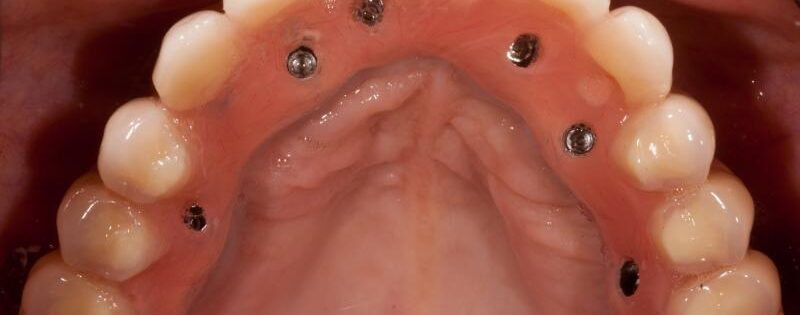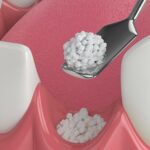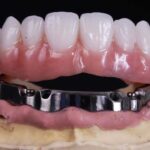IMPLANT SUPPORTED BRIDGE WITH SCREW RETENTION
An implant supported bridge with screw retention is a dental restoration that replaces missing teeth by inserting two or more artificial titanium roots into the jawbone and attaching artificial teeth to them. It is held in place by screws which attach to the implants and can relatively easily be taken out.
Frequently Asked Questions
1. What material is in an Implant Supported Bridge with Screw Retention?
Bridges are usually made of four types of materials:
1. Porcelain
2. Gold Alloy (commonly gold, platinum, palladium)
3. Porcelain fused to an inner core of gold alloy
4. Zirconia metal oxide
* Implants are made of titanium.
2. What are the benefits of an Implant Supported Bridge with Screw Retention?
• Bridges build back your smile and help you to speak and chew properly by restoring the natural size, shape and color of your teeth. They help maintain tooth, bite and jaw alignment by preventing remaining teeth from shifting out of position.
• There is no need to drill down existing teeth in order to replace the missing teeth as occurs with conventional tooth supported bridges.
• Long gaps where multiple teeth are missing can be treated effectively with implant supported bridges, whereas long span natural tooth supported bridges
have many negative consequences.
• Screw retention allows for easy removal of the bridge when necessary. This may be desired for reasons such as restoration repair or replacement, when the
patient has less than ideal oral hygiene or even when there is bone and tissue loss due to disease.
• If there is a limited amount of clearance with the teeth of the opposing jaw, screws offer much more predictable retention than cement.
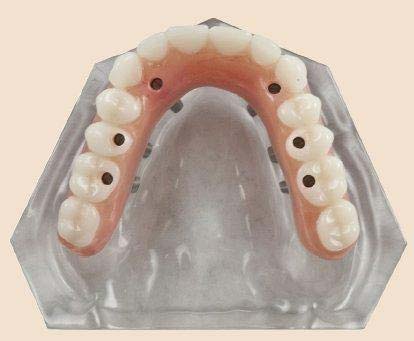
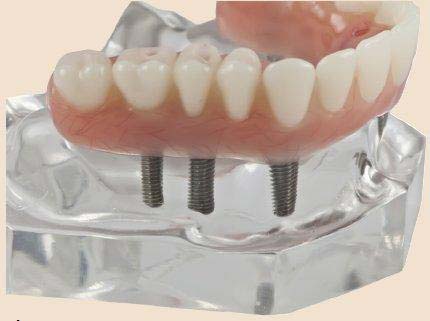
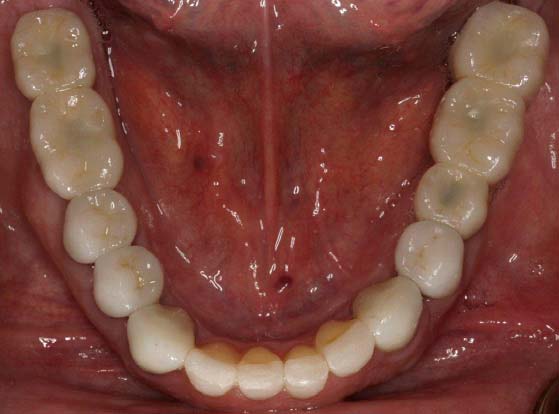
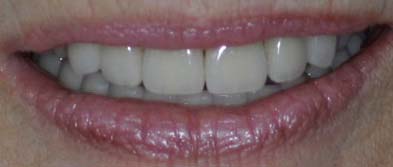
3. What are the risks of an Implant Supported Bridge with Screw Retention?
• Screw retained implant supported bridges require complex lab techniques to
ensure precise fitting, thus the cost may be significantly more expensive than
cement retained options.
• It is not always possible for screws to be placed in areas that will not adversely
affect aesthetics.
• Other possible complications may be such things as food entrapment and
challenges in matching adjacent tooth aesthetics.
• There is a minimal risk of an implant not adhering to the jawbone and thus
requiring removal and replacement.
• Chipped porcelain, worn metal or loose implant screws may require maintenance
procedures, repair or replacement.
4. What are the alternatives to an Implant Supported Bridge with Screw Retention?
The alternative to having a screw retained implant supported bridge is:
• Replace the missing teeth with another type of implant supported restoration
• Replace the missing teeth with a conventional tooth supported bridge
• Replace the missing teeth with a removable partial denture
• Leave the space as is
5. How can an existing bite affect an Implant Supported Bridge with Screw Retention?
• Excessive or uneven bite forces may cause porcelain chipping, metal wear, implant screw loosening, or even gum and bone loss around the implant.
• Severe bite issues such as habitual tooth grinding may cause premature failure of the dental prosthesis.
6. Are there any post-treatment limitations once I have an Implant Supported Bridge with Screw Retention?
• Porcelain on the bridge may have a good color match with adjacent natural teeth when the bridge is placed but less of a match as your natural teeth age.
• Food may become lodged around the implant supported bridge; gum recession or minor bone loss around the top of the implant over time may make food impaction unavoidable, even with the most ideal bridge contour.
• Gum recession may also lead to unsightly metallic implant margins becoming visible.
• A bridge may chip or break if used for abnormal activities (e.g., biting fishing line, sewing thread or finger nails, opening bottles).

